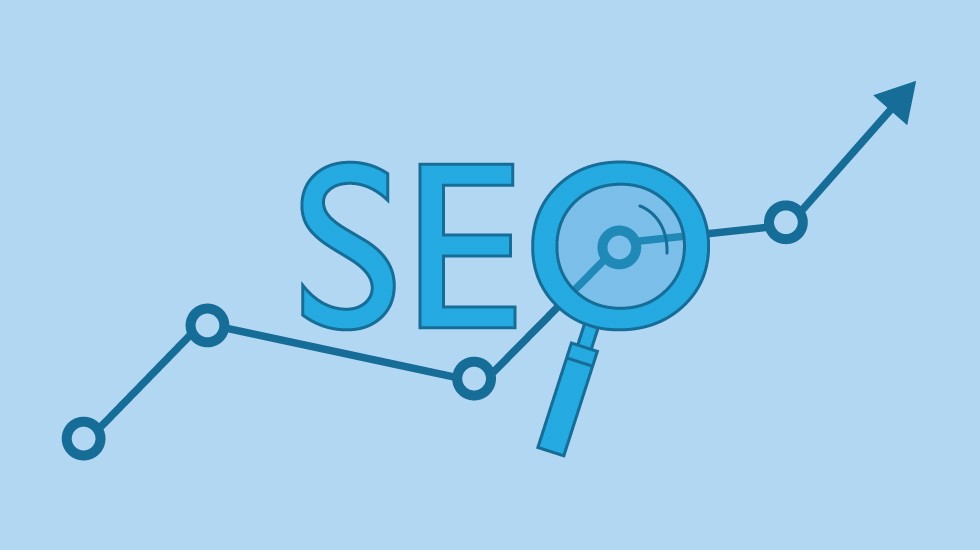SEO Strategies Part One: On-site Optimization Best Practices
Posted on September 04, 2018
By Theresa Chiechi, Designer, Illustrator, Writer

On site SEO, or search engine optimization, is one of the core foundations to generating traffic to your website. Off site is a second part that will be covered in a later post and equally important. It is every business’ dream to have their website rank on page one (we’ll even take page two) of any search engine results page (SERP) so it’s crucial to learn SEO strategies in order to help ensure that what your company has to offer has the best chances of being discovered.
So, what are the basics for best practice SEO? We can quantify several factors that affect your page ranking.
Keyword Research
Humans love to categorize things; it makes our job of processing the world easier. Keywords work as a cataloguing system, in a way, by using words or phrases to define your content. Search engines, such as Google, have algorithms that take the words used in a searcher’s inquiries and try to find a webpage that matches best. Keywords are the foundation of a search engine’s understanding of what a webpage has to offer.
With proper keyword research your business can determine what words or phrases you should aim to rank for.
When trying to find keywords for your website ask yourself who are you trying to attract and what words would this person use to try to find your product or service? Keep in mind, you don’t want to try to rank for words that everyone uses as the likelihood of your website outranking a larger company using the same keywords is unlikely. You also don’t want to rely on super general and broad words.
Google keyword planner, Moz keyword explorer, SEM Rush and Ubersuggest are all tools that can help you figure out what keyword to rank for.
Meta Tagging
The next piece to the SEO pie is Meta tagging. These are the bits of text, hidden within the webpage’s coding, that describe a page's content.
There are 4 key areas to tag in the back end of your website:
Title tags
The title tag is used to define the content matter of every page that makes up your website. It’ll be the first line of text that is displayed in the search engine result and will be also be shown on the webpage tab. They’re probably one of the most important on-page SEO factors and they are your first impression to potential webpage viewers.
For example, the title tag to our homepage is:
Website Design Firm & Marketing Company in New York City | CS Designworks
A good formula to use when writing your title tag is: Primary Keyword – Secondary Keyword | Brand Name1. You should aim for 55 characters or less and every webpage should have a unique title.
Example of a title tag in search engine results:
Meta description
You can think of Meta descriptions as the blurb on the back of a book that you would read to gauge your interest. This bit of information appears in SERP underneath your title tag and should use 150 to 160 characters to best describe why a user would want to click on that link. They should be peppered with keywords, but avoid keyword overload, and should provide enough information to give the user a good idea of what to expect if they were to click on the link.
H1
An H1 tag, or header tag, is usually the largest, most important text on an individual page of a website3. Similarly to as if you were writing an outline for an essay (sorry to bring back memories of school), you would use your header to encapsulate or introduce the content of that page.
For example, if you’re a florist and you have a webpage trying to sell your flower arrangements your H1 tag might say, “Best Floral Arrangements for Any Occasion”, or “How To Pick The Best Flowers.” You could even integrate some keywords into your H1 tag, as long as they are relevant.
Alt tags
An alt tag is a good way to categorize or label images you might have on a webpage. There are several reasons why utilizing alt tags are important. Appropriately tagging your images will help to index them properly for search engines4. It’s also good for accessibility; if someone uses a screen reader, they will be able to hear what image is displayed. Lastly, if for whatever reason your image is not loading, the alt text will be displayed and will provide some context to the user.
Analytics
Now that you have all this information and have implemented it, the next move is to set up your keywords one of the many online tools available so that you can track your progress. By tracking keywords over time, it can help you determine what is and isn’t working in the efforts to pull traffic to your webpage.
CS Designworks uses Moz Pro and Google analytics to track our keywords. SEM Rush is also a handy tool.
Moz Pro Keyword Explorer
Check your keyword performance across multiple major search engines and compare your ranking performance to the competition.
Google Keyword Planner
This free web analytics tool will help you analyze your website traffic by putting several lines of tracking code into the code of your website and recording various activities of your users
SEM Rush Keyword Magic Tool
With this feature, you can enter a URL to determine which keywords you are currently ranking for. You can further click on any resulting keyword to check keyword competition and other details.
Further Reading:
Search Engine Optimization Strategies
Keywords: The Key to Search Engine Optimization
Implementing Keyword Research: Getting Users to Your Site
Sources
Join Our Blog Community
@CSDesignworks


